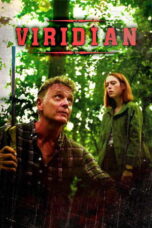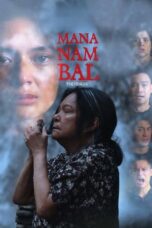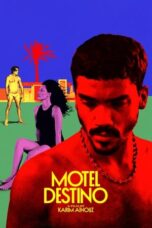With their careers on the line, a late-90s rock band journeys to a French chateau to record with an elusive super-producer. But as tensions rise and tempers flare, they realize they’re up against more than just the pressure to succeed.
By:
Posted on:
Tagline:Trust the process
Year: 2024
Duration: 93 Min
Country:USA
Release:
Language:English
Director:Gaelan Connell











